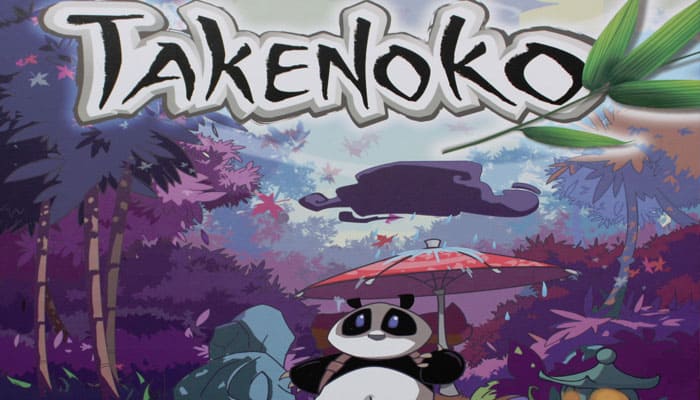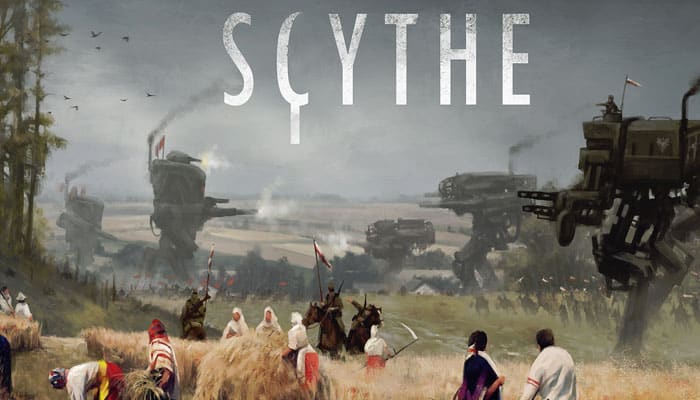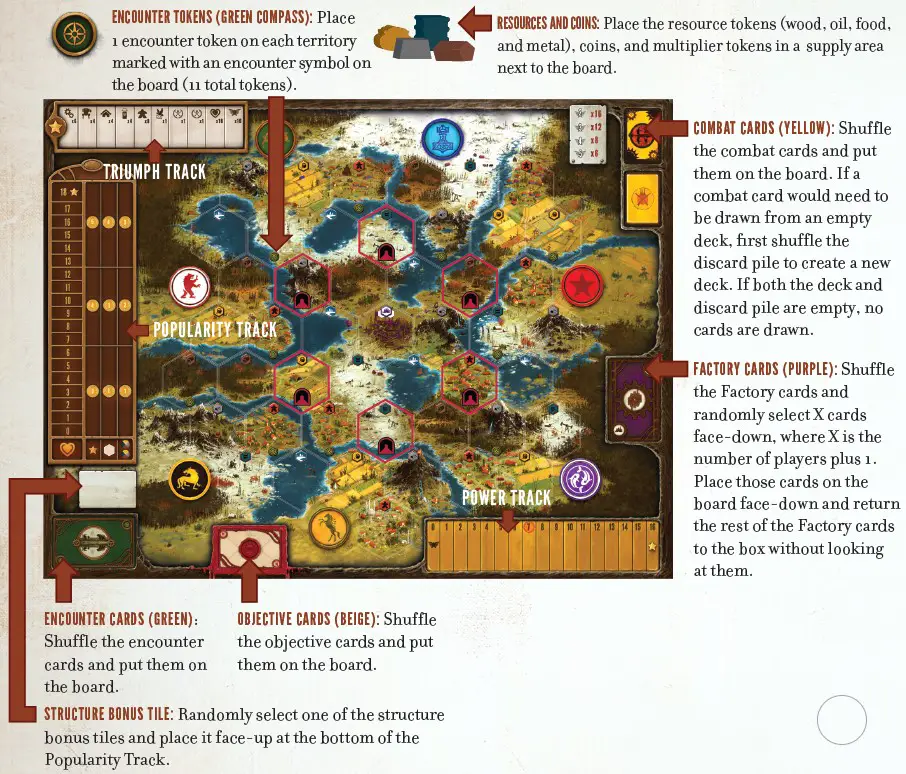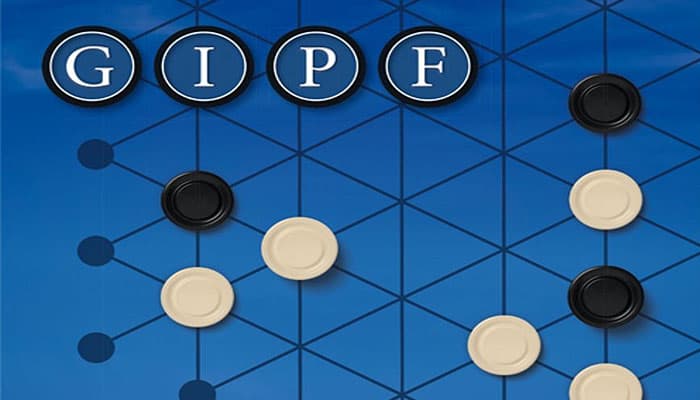
This version is played according to exactly the same rules as the basic version, but with the addition of GIPF-pieces. A GIPF-piece consists of 2 basic pieces stacked one on top of another.
GIPF means "potential". On the one hand, just as in the basic game, a player must comply with the rule to bring a piece into play each turn.
On the other hand, he must also take care that his potential (i.e. his GIPF) stays in play. So, a player must always have at least one GIPF-piece on the board. …



























